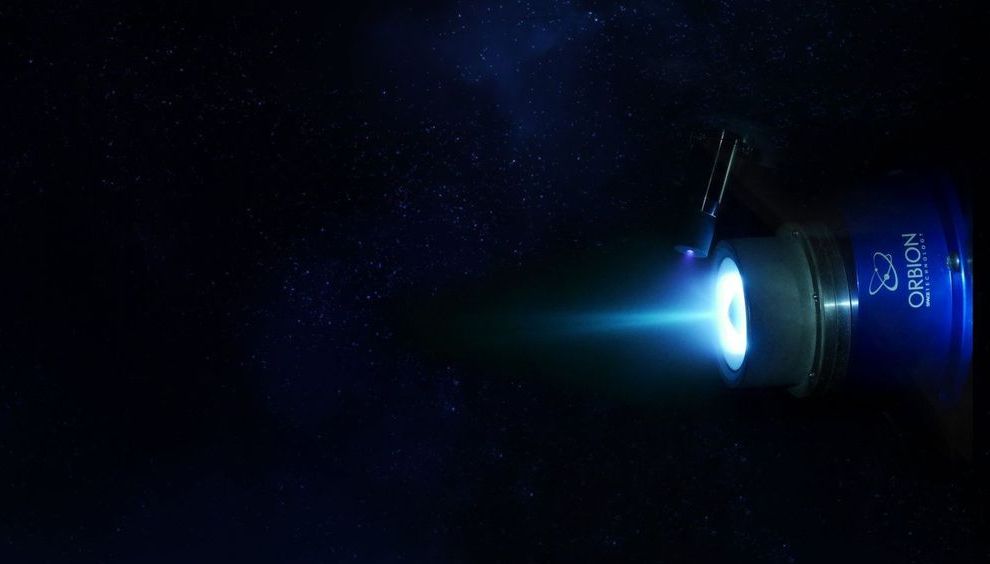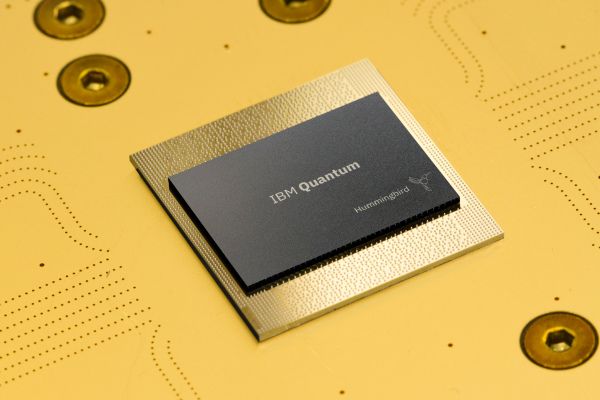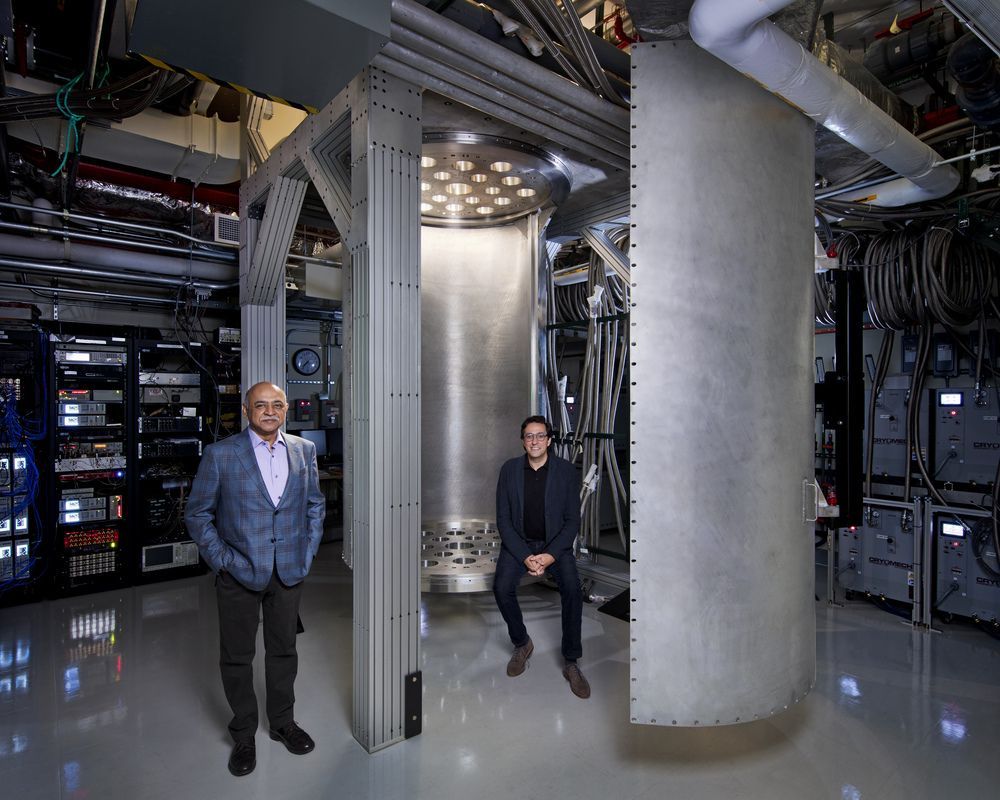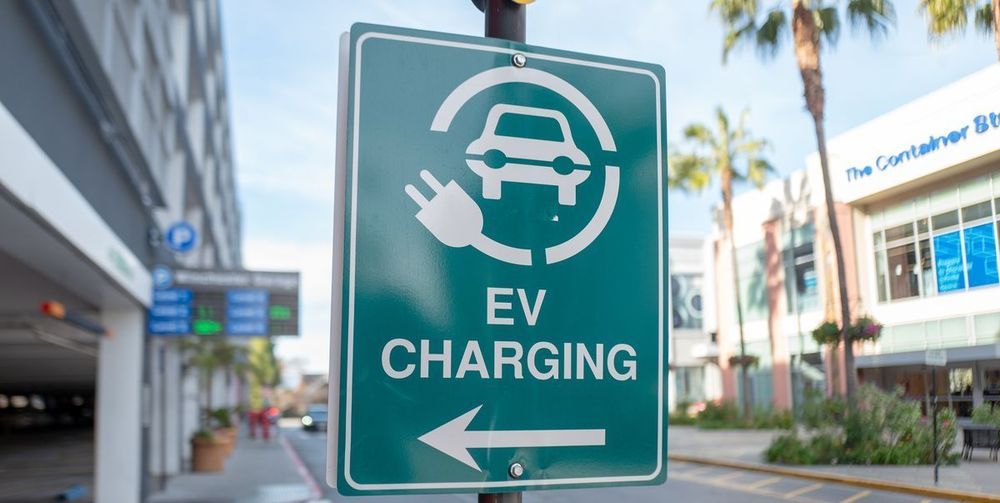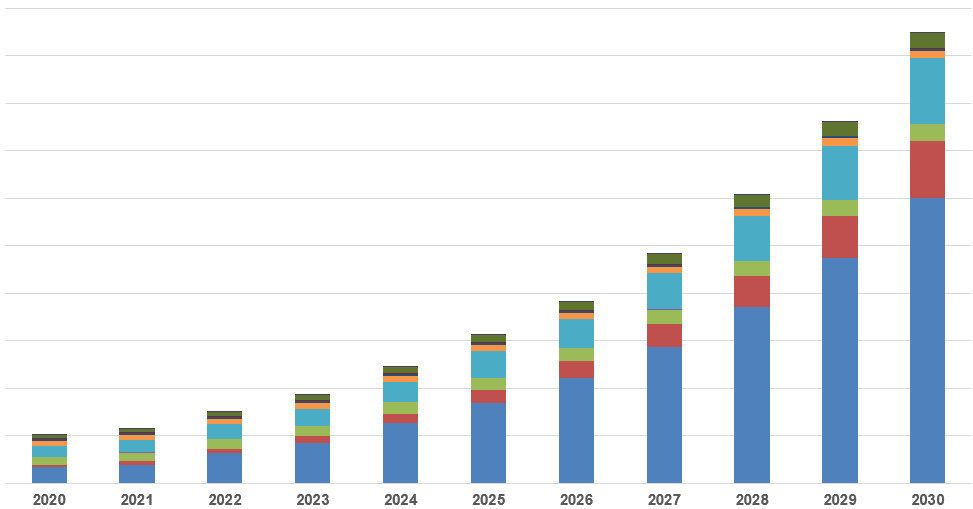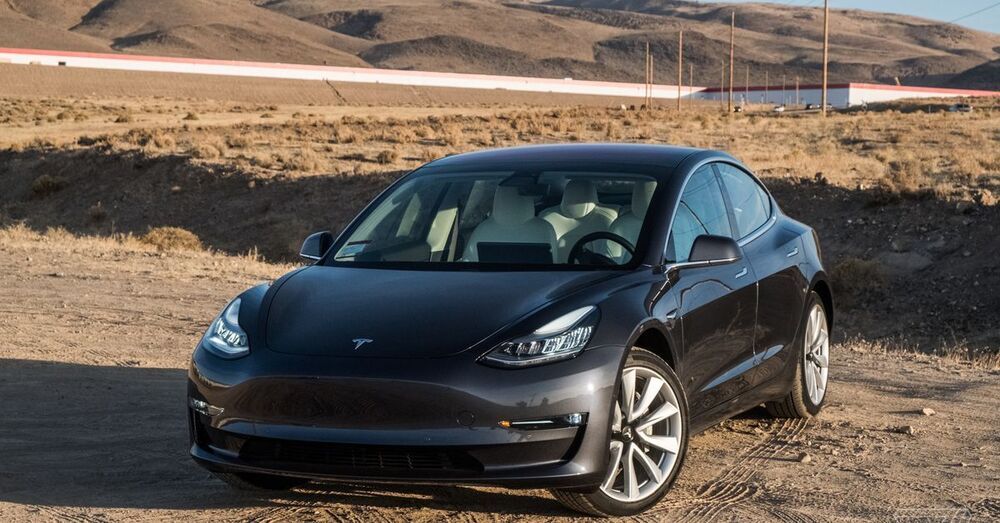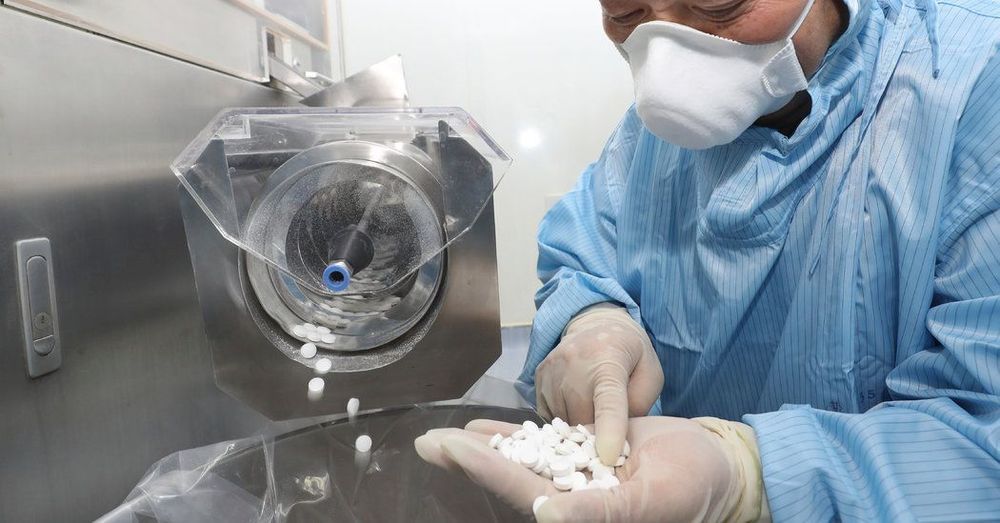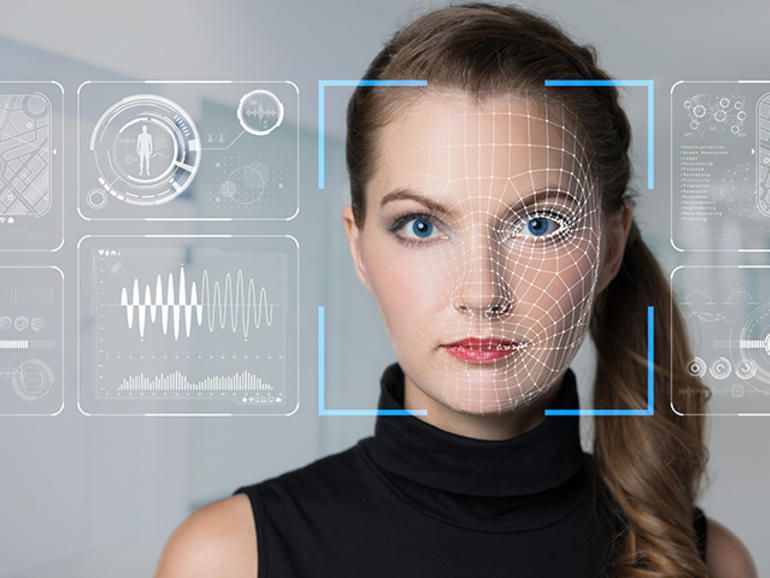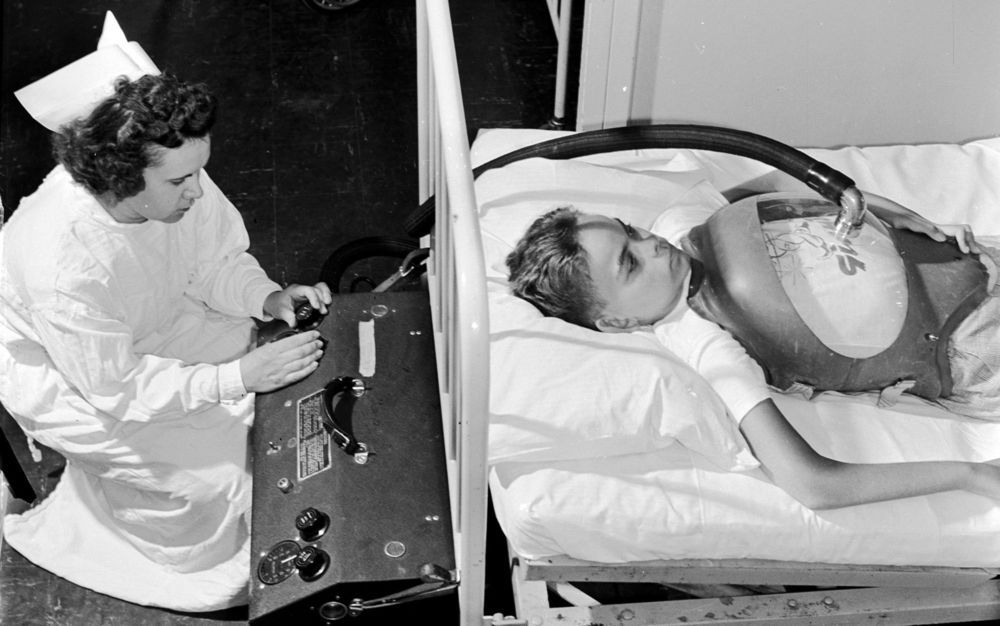Sep 15, 2020
Blue Canyon selects Orbion electric thrusters for DARPA’s Blackjack satellites
Posted by Genevieve Klien in categories: military, satellites
Orbion is a four-year-old startup in Houghton, Michigan, that specializes in Hall-effect plasma thrusters for small satellites.
WASHINGTON — Small satellite manufacturer Blue Canyon Technologies announced Sept. 15 it selected Orbion Space Technology to supply the electric propulsion system for the U.S. military’s Blackjack constellation.
Blue Canyon is producing four satellites for the Defense Advanced Research Projects Agency’s Blackjack program. DARPA plans to launch as many as 20 small satellites to demonstrate that a mesh network in low Earth orbit can meet military requirements at lower cost and shorter design cycles than traditional Pentagon programs.
Continue reading “Blue Canyon selects Orbion electric thrusters for DARPA’s Blackjack satellites” »
